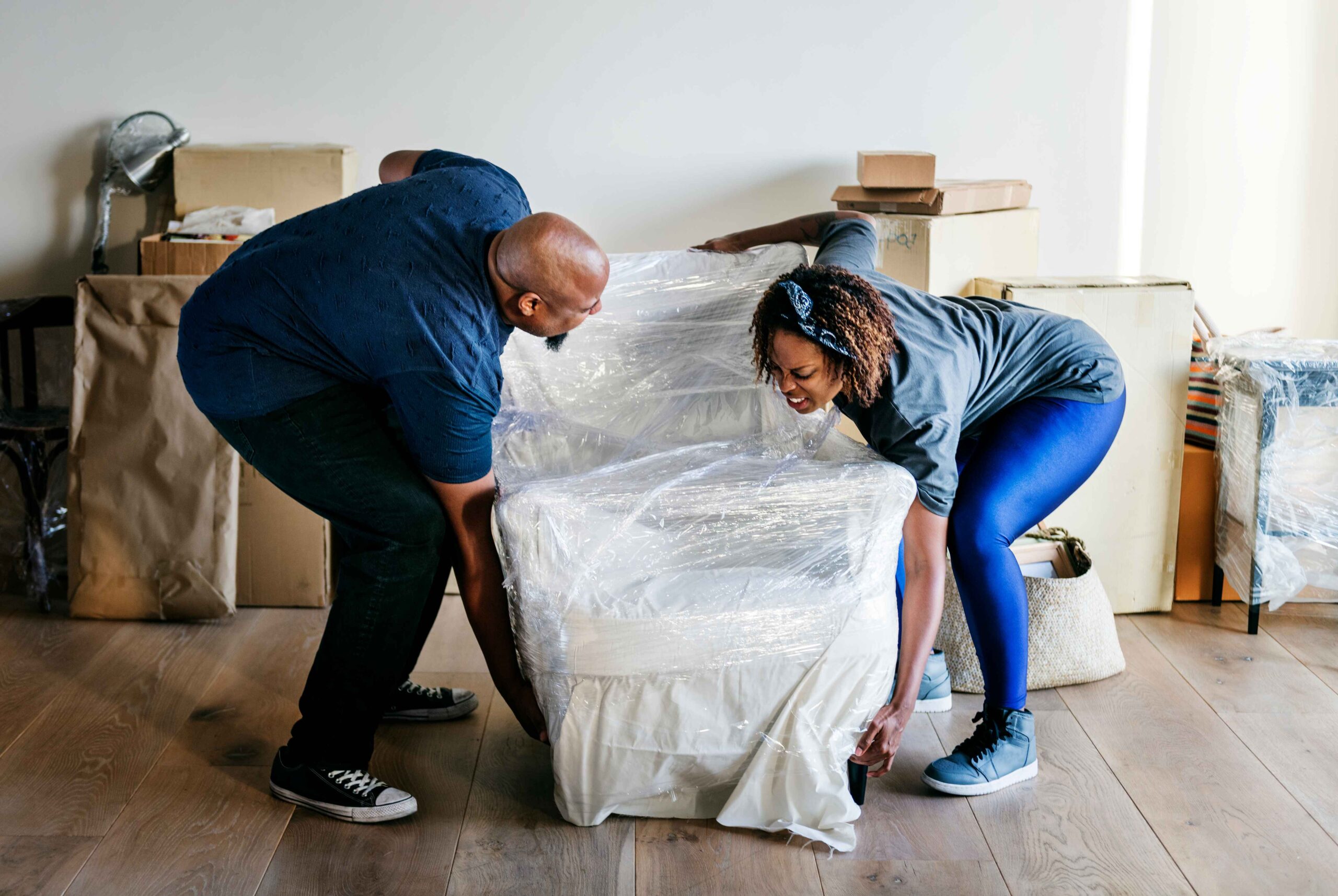Moving requires careful planning and proper furniture protection. Working with experienced local movers in Dallas can simplify your relocation, but knowing how to properly wrap your furniture remains valuable. You’ll need boxes, bubble wrap, packing paper, and furniture blankets. Before wrapping anything, inspect each piece for damage and ensure all hardware is secure. Protect larger items with furniture pads and wrap fragile pieces in bubble wrap. Use appropriate methods to prevent movement during transit. Keep a detailed inventory and mark all boxes. Proper preparation and securing techniques will protect your belongings throughout the move.
Gathering Necessary Materials
The right packing materials make all the difference in protecting your furniture during a move. Start with strong moving boxes, bubble wrap, packing paper, furniture blankets, packing tape, and markers. Include enough padding materials to shield your furniture from damage. Consider renting or buying equipment like dollies or furniture sliders to make moving heavy pieces easier. Your local moving supply store can guide the specialized materials you need. Having everything on hand before you begin wrapping saves time and reduces stress.
Preparing Furniture for Wrapping
Take time to examine each furniture piece for existing damage or loose components. Document any scratches, dents, or weak areas to track their condition throughout the move. Fix loose hardware and tighten any wobbling parts. Take photos of valuable pieces from multiple angles for your records. Remove and separately pack detachable elements like shelves, cushions, or decorative hardware. This careful assessment helps prevent further damage and creates a clear record of your furniture’s condition.
Wrapping Techniques for Different Items
Each piece of furniture needs specific protection based on its materials and construction. Upholstered items like couches need furniture pads or moving blankets secured with strong tape. Glass surfaces require layers of bubble wrap and corrugated cardboard to prevent breakage. Secure cabinet doors and drawers with stretch wrap, but avoid direct contact between plastic and wood surfaces to prevent moisture damage. Custom-fit your wrapping approach by combining materials for unusual shapes. Proper wrapping methods keep your furniture safe throughout the moving process.
Securing Wrapped Furniture for Transportation
Proper securing techniques prevent furniture movement during transit. Use appropriate straps or ropes to anchor wrapped pieces to the truck’s walls or tie-down points—position heavy items like dressers against the walls for stability. Use proper moving straps to keep everything firmly in place. Place padding between pieces to prevent contact damage. These methods work together to protect your furniture during transportation.
Additional Tips for a Successful Move
Create a detailed inventory of your belongings to track everything during the move. Mark boxes clearly with contents and destination rooms to speed up unpacking. Pack necessities separately – including toiletries, clothes, and important papers. Contact utility companies early to arrange service transfers. Update your address with important contacts and organizations. These practical steps help create an organized, efficient moving experience.
Other related articles:

